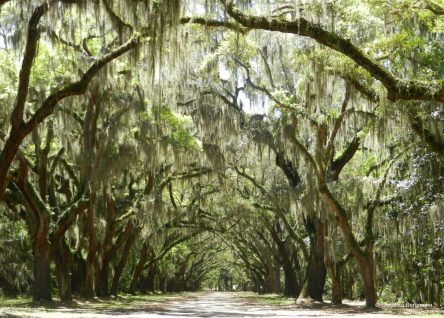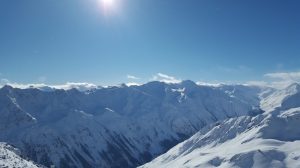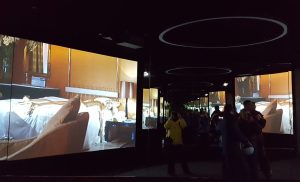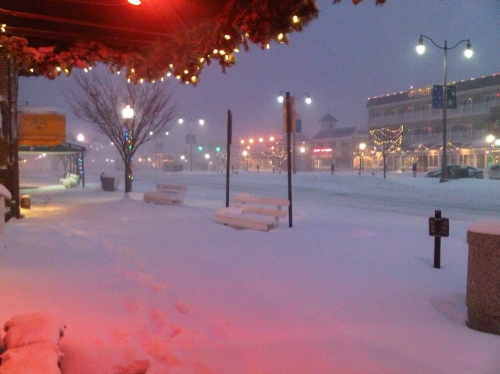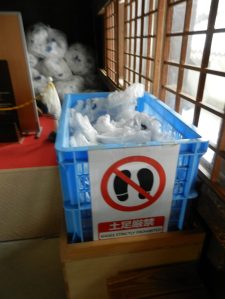Ever experienced a blizzard in a historic mining town? If you are lucky, you are on the right side of town, and have enough cash to last you through a few days.
The historic blizzard of October, 2013, dumped dozens of inches of snow onto the Black Hills region in South Dakota. From October 3 – 5, much of the area was paralyzed. I was in the middle of it, in Deadwood, the historic mining town.
It started to snow heavily on the evening of the 3rd, and didn’t stop for over a day.

Since the trees still had leaves, the heavy snow made them fold as if they were made of paper, taking power lines with them. Half of the town lost power. People had to be evacuated from one of the big hotels, which had no heat and no lights. Getting food was a challenge. Most of the restaurants and shops were closed.
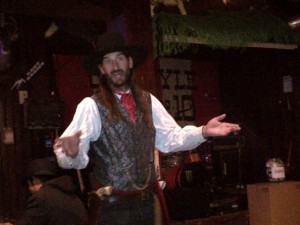
Blizzard Entertainment in Deadwood, SD
The saloon, however, still provided food, drinks, and entertainment, just like in the old days, I guess.
The next day, most of the shops and restaurants were still closed, there was no way of getting out of town. My car was in a garage, so I didn’t have to worry about it. But then, in the evening, all credit card machines stopped working.
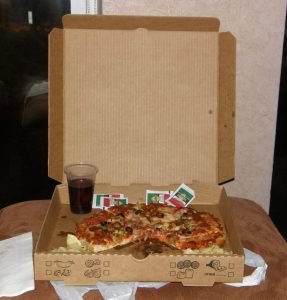
Spent the last couple of Dollars on pizza and wine
For the few dollars I had left in cash, I got a pizza and wine. All I could do was be patient, cuddle up in my hotel room which thankfully still had heat and electricity, and wait.
On the third day, people started to slowly dig themselves out. I took a walk around town and into the hills. People were anxious and stressed out, they had not been able to leave their homes for 48 hours, had no electricity or phones and over a meter of snow in their driveway. I made a phone call for a lady who wanted to know whether her relatives were okay and ask them for help. The roads out of town, however, were still closed. I was supposed to fly home the next day. Well, that was not going to happen.

On October 6th, with a rental car with summer tires, I dared to take the road that would get me to Rapid City. It was a bit scary at first, but I made it. The airport, however, was still closed. It would take two more days, until I was able to head home.
Before heading home, though, I managed to visit the fifth state on my trip. I mean, I was grounded anyway, but the big roads were clear, so why not take another trip.

Four States in a Day
The day I arrived in Deadwood, I had taken a trip through four states: Wyoming, Montana, North Dakota and South Dakota. Of course I bought a magnet in each state. (Have I mentioned that I collect these magnets?)
In Wyoming, the plan was to visit Devils Tower National Monument. Guess what? It was closed because of a government shutdown. Sound familiar?

Well, I like traveling in the US, because you never know what jewel you will encounter along the way. In Baker, Montana, I just wanted to take a quick break and stretch my legs. And walked right into Prairie Rose Classics, an antique and classic car sales store, that takes you back to another era. They not only exhibit cars, but hundreds of everyday items from the last century. It’s like a museum.

Prairie Rose Classics, Baker, Montana
So after the blizzards, and while waiting for the airport to open, I decided to take another trip to South Dakota’s southern neighbor, Nebraska. It was only a quick trip, and I had to buy a deck of cards with the state’s name on the back, because I could not get a magnet.
As I said, I didn’t drive far, but still managed to make this a trip I will never forget. I have one tip for you: Even on an empty road in Nebraska, stay within the speed limit. And if you don’t, at least buckle up. It might make the difference between a ticket and a warning. Trust me. I know.
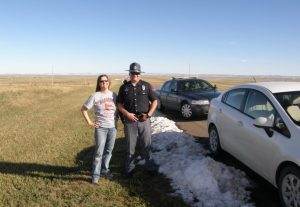
State Trooper in Nebraska, Photo: RS



